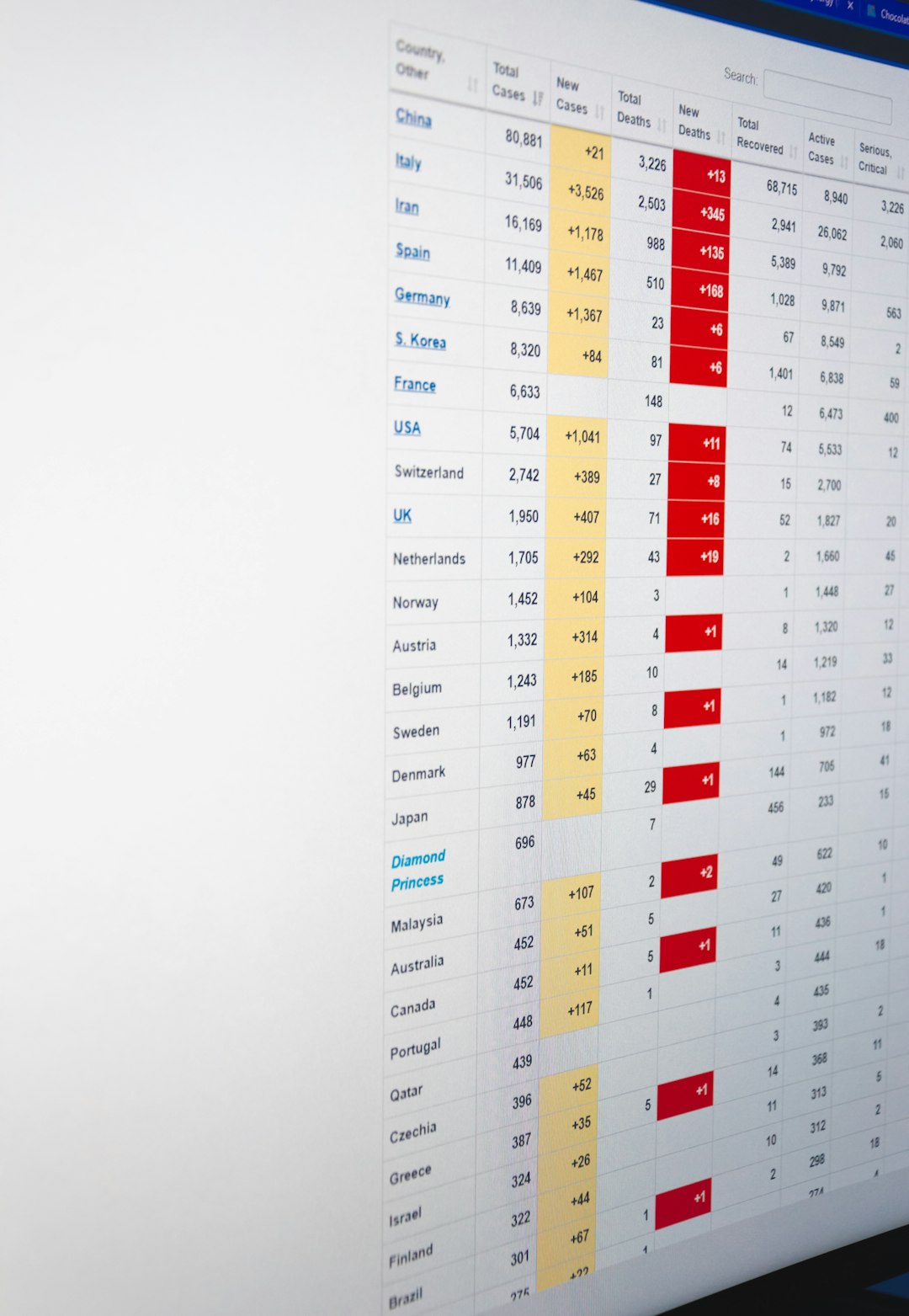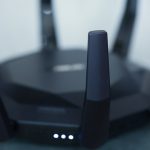Promotional pricing is one of the most effective strategies for driving short-term sales, increasing brand awareness, and encouraging customer acquisition. When implemented correctly, these pricing tactics can create a strong sense of urgency and incentivize buyers to take action. However, without a clear plan or understanding of their market, businesses risk undermining perceived value or damaging long-term profitability.
Here are five essential tips for successfully implementing promotional pricing strategies that not only boost short-term revenue but also strengthen your brand’s position in the market.
1. Set Clear Objectives
Before launching any promotional pricing campaign, it is vital to define what the business hopes to achieve. Objectives may include:
- Clearing out excess inventory
- Attracting new customers
- Increasing short-term revenue
- Introducing a new product to the market
By clarifying goals, a business can tailor the promotional pricing strategy to align with its broader marketing and financial plans.
2. Understand Your Audience
Not every buyer responds the same way to discounted pricing. Some customers prioritize value and are more likely to react positively to offers like “buy one, get one free” or a percentage discount. Others may respond better to limited-time offers or bundle deals.
Conducting market research to identify buyer personas, shopping patterns, and price sensitivities will help businesses craft tailored promotions that resonate strongly with their target audience.

3. Maintain Perceived Value
One of the biggest risks of promotional pricing is devaluing your product or service. Frequent or overly generous discounts can alter consumer perception, making the regular price seem inflated.
To avoid this pitfall, ensure that promotions are time-limited, clearly justified by events (such as holidays or product launches), and do not occur too frequently. Maintaining a strong brand narrative and product quality during promotional periods helps sustain long-term value.
4. Test and Measure Performance
Successful promotional pricing requires businesses to closely track the performance of their campaigns. Metrics to monitor may include:
- Sales volume
- Conversion rate
- Customer acquisition cost
- Return on investment (ROI)
A/B testing different types of promotions or discount levels can help determine what resonates best with your audience. Continuous improvement based on real data ensures long-term efficiency in marketing spend and pricing strategy.

5. Integrate Promotions with Broader Marketing Campaigns
Promotional pricing should not function in isolation but rather as part of an integrated marketing strategy. Coordinate promotions with seasonal events, email marketing campaigns, social media outreach, and in-store displays to amplify their impact.
This all-channel approach ensures consistent messaging and stronger reach, helping to maximize both interest and conversions during the promotional period.
Final Thoughts
When used strategically, promotional pricing can be a powerful tool to boost customer engagement and accelerate sales. However, to achieve the desired results without harming brand reputation or profitability, businesses need to use data-driven planning, audience knowledge, and cohesive marketing execution. By following these five tips, companies can unlock the full potential of promotional pricing without the usual drawbacks.
Frequently Asked Questions (FAQ)
- Q: How long should a promotional pricing campaign last?
A: Generally, promotional pricing should be short-term to maintain product value. Campaigns lasting from a few days to a couple of weeks are often most effective. - Q: Will frequent discounts harm brand perception?
A: Yes, excessive or continuous discounts may lead customers to wait for sales rather than pay full price, undermining brand positioning and profitability. - Q: What are some creative promotional pricing ideas?
A: Time-limited flash sales, loyalty discounts, buy-one-get-one offers, seasonal promotions, referral bonuses, and bundle pricing are popular and effective strategies. - Q: How do I know if my promotional pricing is successful?
A: Track key performance indicators such as conversion rates, total revenue, traffic increase, and ROI to determine campaign effectiveness. - Q: Can small businesses benefit from promotional pricing?
A: Absolutely. When executed wisely with clear goals, even small businesses can see significant boosts in traffic and sales from promotional pricing campaigns.



